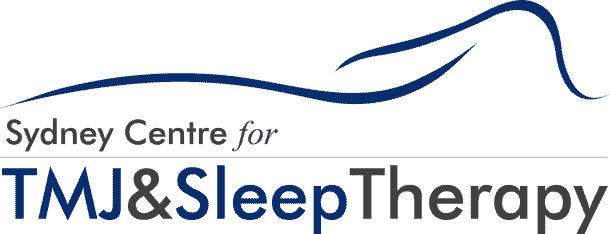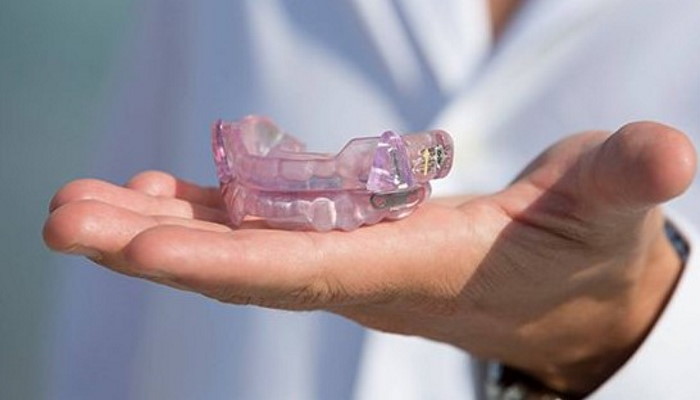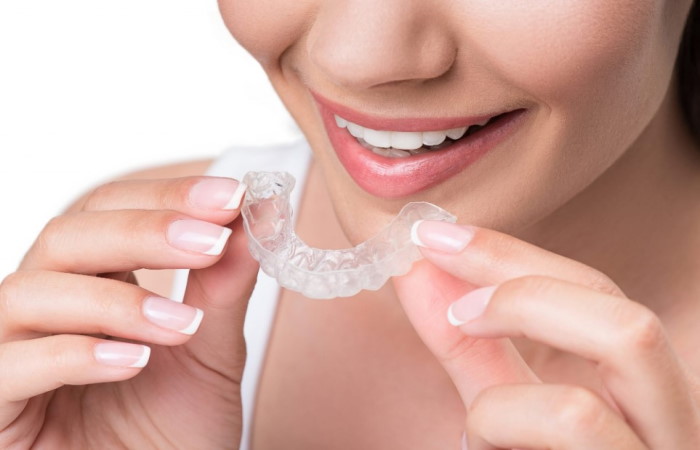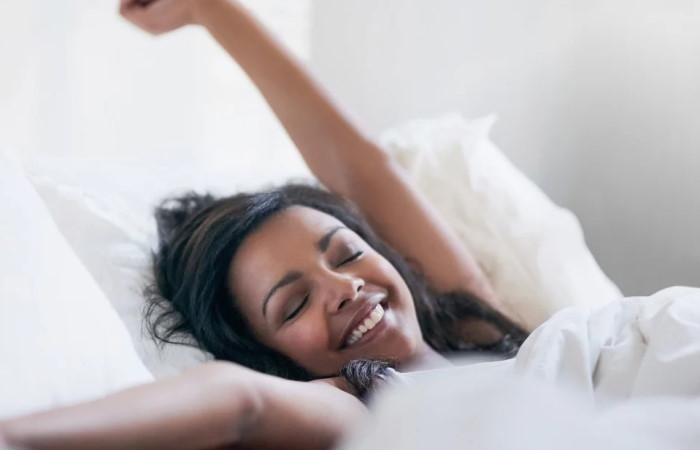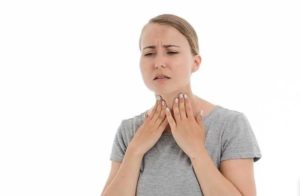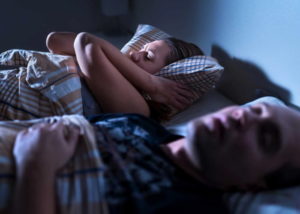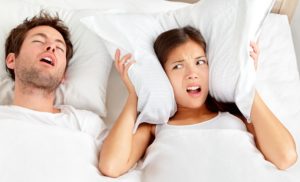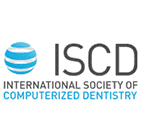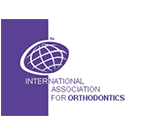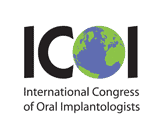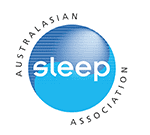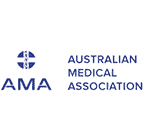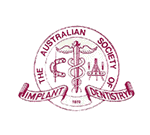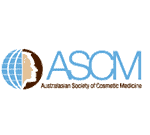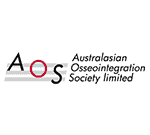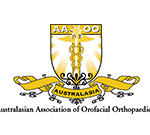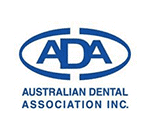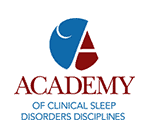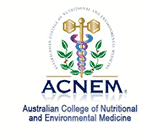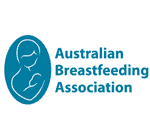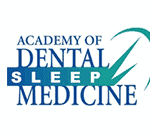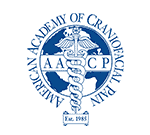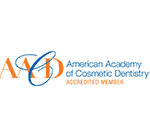Chronic snoring is one of the tell-tale signs that you have obstructive sleep apnea (OSA). It is a common yet serious sleep disorder. Since it is common, there are a few treatment options currently available and the use of a CPAP machine is at the top of that list of options. Unfortunately, this machine is a bit obstructive and some sleep apnea patients find it claustrophobic. If you are having trouble with the use of this device for your treatment, you can turn to other treatment alternatives like the use of a dental appliance for sleep apnea.
Here is everything you need to know about oral appliance therapy for sleep apnea.
Why Some People Prefer Dental Appliances for Sleep Apnea
CPAP, or Continuous Positive Airway Pressure machine, is the gold standard of sleep apnea treatment. Doctors recommend this treatment method as it is the most effective. The device uses pressurized air to help keep the airways from collapsing, allowing its user to keep airways open and breathe normally during sleep. The treatment is a game changer, as it can mitigate the risks of breathing disorders. The device is also known to treat most, if not all, of the associated symptoms of snoring.
The CPAP treatment provides high air pressure to keep the airways open. This pressurized air is delivered through a mask that seals over the nose and mouth. The mask is attached to the machine via a tube that provides the air pressure. Different users will have different pressures during the inhale and exhale cycle of their breathing to help them breathe comfortably.
While highly effective, CPAP treatment is obstructive. Not everyone is comfortable wearing a mask attached to a machine through a tube hose while they sleep. Wearing of mask throughout the night can cause headaches and dry mouth in some people. Some also experience nosebleeds, stuffy noses, skin irritations, and sinus infections.
Moreover, the machine makes noise, which can be annoying and make it difficult to fall and stay asleep, especially for the snorer’s partner. Subsequently, those who travel often find it difficult to always carry the machine around wherever they go. Also, a recent discovery shows that as the device delivers pressurized air, it also disperses respiratory droplets throughout the room, which can cause the spread of disease-causing germs in highly sensitive facilities like hospitals and nursing homes.
Many people opt for a less intrusive option, like a sleep apnea dental appliance.
Oral Appliance Therapy for Obstructive Sleep Apnea
Oral appliance therapy is an effective and viable sleep apnea treatment alternative, also known as an oral mandibular advancement device. The appliance looks like a mouthguard and fits over the teeth like an orthodontic retainer.
Dental appliances work in one of two ways; one, they move the jaw a little forward to help keep the airways open, and two, they prevent the tongue and surrounding tissues from falling back and blocking the airways. There are short-term and long-term versions of the oral appliance, too; the former is an excellent alternative to CPAP if you don’t want to take the bulky machine and its accessories when you travel, while the latter is a custom-made and custom-fit to your mouth, it can last for years (up to seven years), is adjustable, and comfortable to wear night after night.
Benefits and risks of using dental appliances for sleep apnea
As with the gold standard for sleep apnea treatment, the alternative also has its benefits and risks. Oral appliance therapy can improve the symptoms of OSA, as it improves sleep quality. And with a small mouthguard-like size and shape, dental appliances are easy to carry around and use anytime, anywhere, making them an ideal option when traveling. Oral devices do not rely on electricity to work, too. And an oral appliance is a far more affordable treatment alternative than CPAP.
However, there are downsides to using an oral appliance in treating sleep apnea and its symptoms. The oral appliance holds the lower jaw a little forward, which can cause drooling during sleep, as well as disturbances in the temporomandibular region (either muscular or the joint – which can be related to temporomandibular joint disorder or TMJ).
Other risks involved in wearing dental appliances during sleep include tooth pain and alteration of bite (as the teeth can move due to the constant pressure applied by the oral device). While not excessive, it can cause some disturbances over a long period. Other risks of wearing it include mouth dryness, loose teeth, bite changes, and jaw pain.
CPAP versus Sleep Apnea Dental Appliance: which option is right for you?
The best treatment is the one that works for you.
Both CPAP and oral appliance therapy effectively eliminate or reduce the frequency of snoring and mitigate its symptoms. However, both use very different approaches. At the same time, CPAP machine treatment works for almost any type of snoring problem, the dental appliance alternative is often only recommended for mild to moderate cases of sleep apnea.
Also, CPAP addresses the snoring option of the problem. Some people with chronic snoring conditions also have insomnia, and wearing a mask on your face, disruptive to snoring, during sleep can worsen insomnia. On the other hand, dental appliances are far less intrusive and far more comfortable.
How to get a sleep appliance for sleep apnea?
If you decide to get a dental appliance, and your doctor gives you the green light for it, you will need a referral from a registered dentist to get a complete evaluation of your condition. Your dentist can decide further whether you can be a good candidate for the oral appliance treatment, including assessing your dental health, the condition of your individual teeth, jaw shape, size, etc.
If your dentist decides you are a good candidate, they will then make an impression of your mouth and teeth to create a customized oral appliance for you. Once your dentist completes your dental appliance, they will call you for a fitting. They will also provide a repositioner to realign your bite to its original position. You will have to use the repositioner once you remove your dental appliance in the morning. Your dentist will also give you instructions and guidelines on cleaning and caring for your oral appliance.
For optimum dental care, you may be required to visit your dentist for further customised adjustments.
